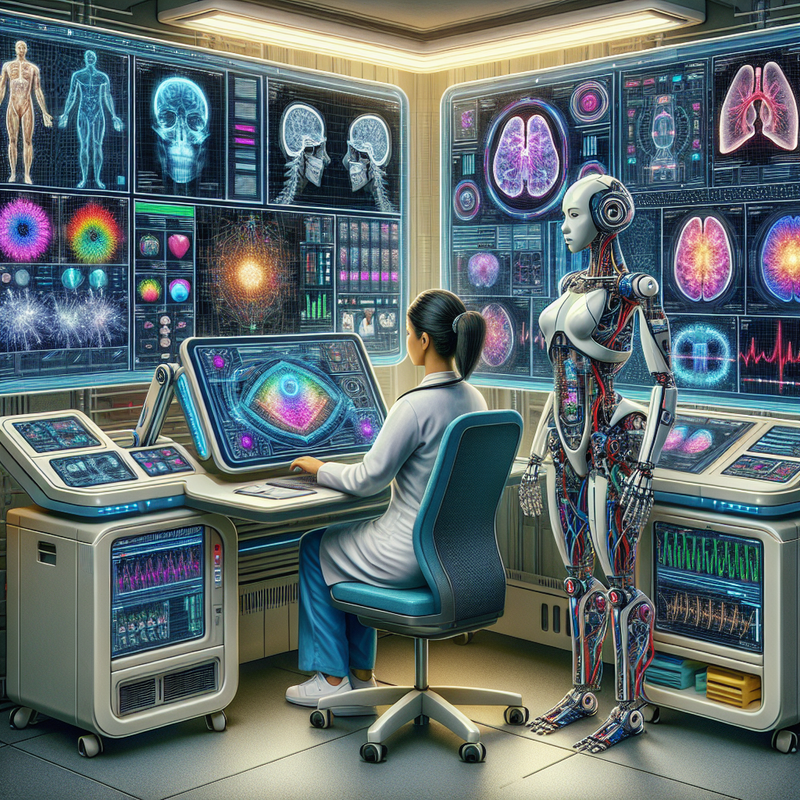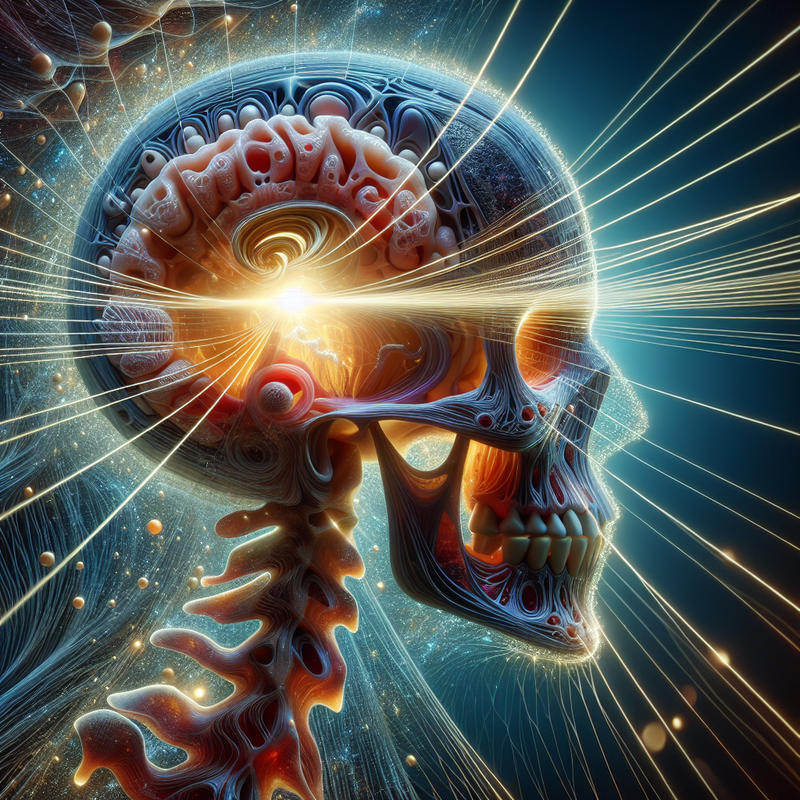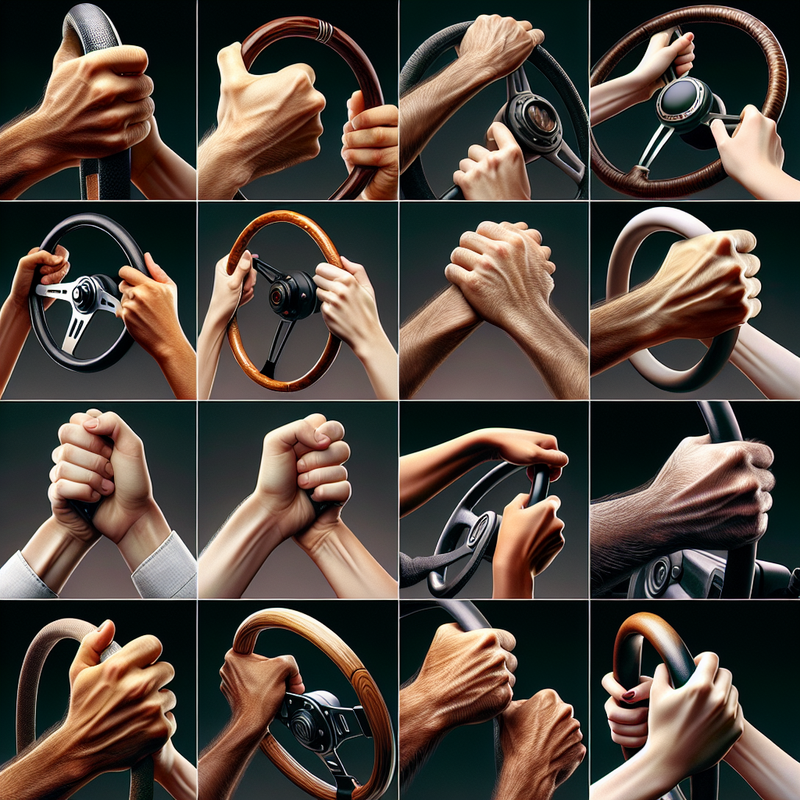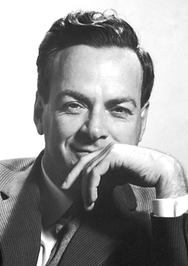The Integration of AI in Medical Imaging: Enhancing or Assisting Diagnostic Precision?
The convergence of Artificial Intelligence (AI) in the healthcare sector, particularly within the realm of medical imaging, has sparked considerable debate. With AI algorithms progressively showing their capability to bolster the precision and efficiency in recognizing ailments from medical images, the medical fraternity is actively engaging in discussions on how AI’s integration may transform their practice.
AI’s Emergent Function in Medical Imaging
At the forefront of embracing AI advancements is Dr. Ronald Summers, a prominent radiologist and AI researcher with the National Institutes of Health. Dr. Summers ardently advocates for the utilization of AI in current practice, asserting, “Some AI methods are so advanced that their use should be instituted without delay. We’re neglecting valuable insights by not leveraging these techniques immediately.” His laboratory has birthed software capable of discerning a variety of conditions from medical images, but these innovations remain on the fringe of widespread clinical use, a phenomenon he attributes to factors including the conservative culture within medicine.
Traditional roles of radiologists include using computers for image enhancement and identifying areas warranting careful examination. AI’s evolving technology can interpret images with increasing sophistication, suggesting possible diagnoses and even drafting medical reports — tasks traditionally reserved for human intellect. Out of the 700 AI innovations that have received FDA clearance, 75% are geared towards radiology, yet a mere 2% of radiology practices have integrated these AI tools.
Concrete evidence showcases AI’s capabilities, as seen with the reduction in overlooked instances of breast cancer and achieving greater procedural efficiencies. However, reservations persist. Dr. Curtis Langlotz of Stanford University, director of an AI in medicine hub, articulates the field’s caution, pinpointing uncertainties related to AI’s testing and operational parameters: “Without clarity regarding the patient cases on which AI was evaluated, or if such cases mirror the ones observed in our practice, it creates a cloud of doubt as to whether AI would be efficacious for our patients.”
As AI continues to expand its presence, the FDA engages in deliberations to approve fully independent AI systems. Meanwhile, Europe has already greenlighted Oxipit, an AI that independently reviews and annotates chest X-rays. Nonetheless, in the US, it’s anticipated that AI will initially complement radiologists in a manner akin to the aviation industry’s autopilot.
Dr. Laurie Margolies from Mount Sinai Hospital sees merit in a synergistic approach, remarking, “Patients gain more assurance when I tell them that both I and the computer have reviewed their scans and we are in agreement.”
Research further validates this synergistic effect; for example, in Sweden, an AI-supported radiologist identified 20% more cancer cases compared to a team of two radiologists who did not utilize AI technology, while simultaneously mitigating workloads by 44%. Regardless of the apparent gains, the criticality of human oversight remains paramount. Dr. Kristina Lang from Lund University accentuates the importance of radiologists delivering the final verdict to maintain patients’ confidence.
Experts such as Dr. Saurabh Jha from the University of Pennsylvania contend that extremely precise and dependable AI systems are essential for radiologists to consider minimizing their active participation in diagnostics. Until such tools reach this level of reliability, the majority of radiology professionals are likely to approach AI outputs with caution.
As the interface of AI in radiology continues to mature, it aims to augment rather than usurp the acumen of medical professionals. The journey of AI in this field is one of prudent optimism, as it evolves to provide formidable support and potentially amplify the capabilities of radiologists.







